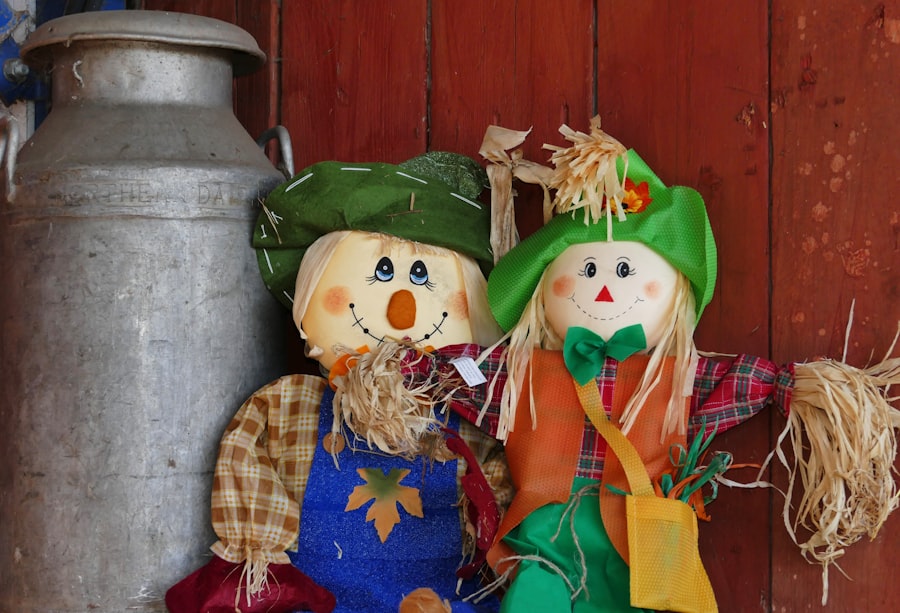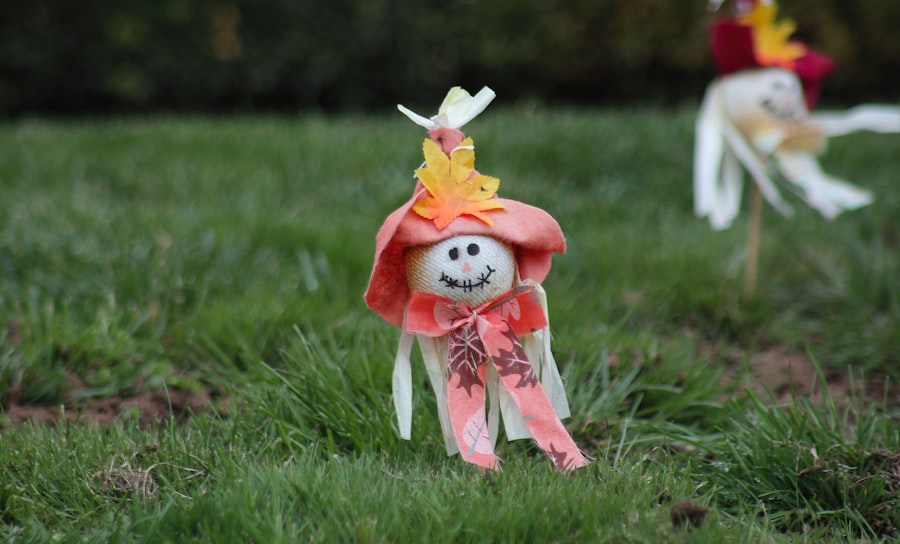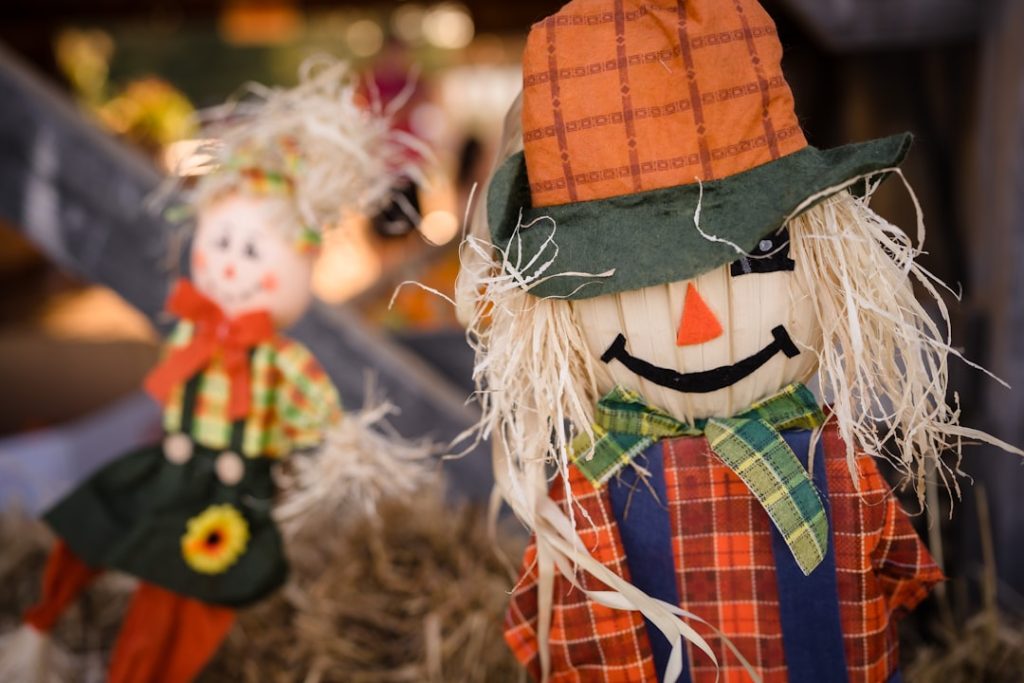Crows are intelligent and adaptable birds that can present a potential threat to chickens. As opportunistic omnivores, crows may prey on small animals, including chickens, using their sharp beaks and strong talons. They are also known to scavenge and may target chicken coops in search of eggs and feed.
The presence of crows can cause stress in chickens, potentially affecting egg production and overall health. Crows can be carriers of avian diseases, which may pose a health risk to chicken flocks. Their social behavior and ability to communicate allow them to work in groups, potentially making them more effective predators.
Crows are known for their persistence and may continue to target chicken coops once they identify them as a food source. Given these factors, chicken owners should be aware of the potential risks associated with crows and consider implementing appropriate protective measures for their flocks. This may include securing coops, using deterrents, and maintaining vigilance to ensure the safety and well-being of their chickens.
Table of Contents
- 1 Natural deterrents: Using the environment to keep crows at bay
- 2 Physical barriers: Building structures to protect chickens from crows
- 3 Scare tactics: Using visual and auditory methods to deter crows
- 4 Predator decoys: Utilizing fake predators to intimidate crows
- 5 Maintaining a clean environment: Removing attractants for crows
- 6 Seeking professional help: Consulting with experts for effective crow control strategies
- 7 FAQs
- 7.1 What are some natural ways to keep crows away from chickens?
- 7.2 Are there any commercial products available to keep crows away from chickens?
- 7.3 Why is it important to keep crows away from chickens?
- 7.4 What are some signs that crows are targeting chickens?
- 7.5 Are there any legal restrictions on how to keep crows away from chickens?
Key Takeaways
- Crows pose a danger to chickens by preying on their eggs and young chicks, as well as spreading diseases.
- Natural deterrents such as planting dense vegetation and using reflective objects can help keep crows away from chicken coops.
- Building physical barriers like wire mesh or netting can effectively protect chickens from crows.
- Scare tactics like hanging shiny objects or playing loud noises can deter crows from approaching chicken coops.
- Utilizing fake predators like owl decoys can intimidate crows and discourage them from targeting chickens.
Natural deterrents: Using the environment to keep crows at bay
Creating an Unappealing Environment
Crows are known to be wary of unfamiliar or unpredictable surroundings, so creating an environment that is unappealing to them can help keep them at bay. One natural deterrent is the use of reflective surfaces, such as aluminum foil strips or shiny objects, which can disorient and deter crows from approaching the chicken coop.
Physical Barriers and Obstacles
Planting tall trees or installing tall poles around the coop can create obstacles for crows, making it more difficult for them to access the chickens. Another natural deterrent is the use of predator decoys, such as owl or hawk statues, which can intimidate crows and discourage them from targeting the chicken coop.
Sound Deterrents and Distractions
Another natural deterrent is the use of sound deterrents, such as wind chimes or bells, which can create unpredictable noises that can startle and deter crows from approaching the chicken coop. Additionally, playing recordings of predator calls or distress calls of other birds can signal danger to crows and discourage them from targeting the coop.
By utilizing these natural deterrents, not only can you keep crows at bay, but you can also create a more natural and harmonious environment for the chickens, allowing them to feel safer and more secure in their surroundings.
Physical barriers: Building structures to protect chickens from crows

Building physical barriers around the chicken coop is an effective way to protect chickens from crows. One common physical barrier is the use of wire mesh or netting, which can be installed over the top of the chicken coop to prevent crows from accessing the chickens. Additionally, installing wire mesh or netting around the perimeter of the coop can create a secure enclosure for the chickens, preventing crows from gaining access.
Another physical barrier is the use of fences or walls around the coop, which can create a solid boundary that deters crows from approaching the chickens. It is important to ensure that any physical barriers are securely installed and maintained to prevent crows from finding weak points or entryways into the coop. Another effective physical barrier is the use of motion-activated sprinkler systems, which can startle and deter crows from approaching the chicken coop.
These systems are equipped with sensors that detect movement and automatically spray water when triggered, creating an unpredictable and uncomfortable environment for crows. Additionally, installing motion-activated lights around the coop can also startle and deter crows from approaching, as they prefer dark and undisturbed environments. Utilizing physical barriers not only helps protect chickens from crows but also creates a secure and controlled environment for the flock.
Scare tactics: Using visual and auditory methods to deter crows
Scare tactics are an effective way to deter crows from targeting chicken coops. Visual scare tactics involve using objects or devices that mimic predators or create unpredictable movements to startle and deter crows. One common visual scare tactic is the use of scarecrows, which are human-like figures that are placed near the chicken coop to intimidate and deter crows.
Additionally, hanging shiny objects such as CDs or aluminum foil strips around the coop can create unpredictable movements that disorient and deter crows from approaching. Another visual scare tactic is the use of balloons or kites with predator-like designs, which can create a sense of danger and discourage crows from targeting the coop. Auditory scare tactics involve using sounds or noises that signal danger or unpredictability to deter crows.
One common auditory scare tactic is the use of propane cannons or bird distress calls, which create loud noises that startle and deter crows from approaching the chicken coop. Additionally, playing recordings of predator calls or distress calls of other birds can signal danger to crows and discourage them from targeting the coop. Utilizing scare tactics not only helps deter crows from targeting chicken coops but also creates a more secure and controlled environment for the chickens.
Predator decoys: Utilizing fake predators to intimidate crows
Utilizing predator decoys is an effective way to intimidate and deter crows from targeting chicken coops. One common predator decoy is the use of owl statues or hawk silhouettes, which mimic natural predators of crows and create a sense of danger in the surrounding area. Placing these decoys near the chicken coop can intimidate and deter crows from approaching, as they perceive the presence of a potential threat.
Additionally, utilizing motion-activated predator decoys that produce realistic movements or sounds can further enhance their effectiveness in deterring crows. Another effective predator decoy is the use of fake predators such as plastic snakes or alligator models, which create a sense of danger and unpredictability in the surrounding area. Placing these decoys near the chicken coop can intimidate and deter crows from approaching, as they perceive the presence of a potential threat.
Additionally, rotating the placement of predator decoys around the coop can prevent crows from becoming accustomed to their presence, enhancing their effectiveness in deterring crows over time.
Maintaining a clean environment: Removing attractants for crows

Securing Food Sources
Crows are drawn to areas with easily accessible food sources, so it is essential to remove any potential attractants that may lure them to the coop. This includes storing feed in tightly sealed containers to prevent spillage or easy access by crows.
Regular Cleaning and Waste Management
Regularly cleaning up spilled feed or food scraps around the coop can help reduce attractants for crows. Proper waste management is also vital, ensuring that waste such as manure or compost is properly contained and managed to reduce attractants for crows, as they are drawn to areas with abundant food sources.
Maintaining a Clutter-Free Environment
Keeping the surrounding area free of debris or clutter can help create a less appealing environment for crows, reducing their likelihood of targeting the chicken coop.
Seeking professional help: Consulting with experts for effective crow control strategies
In some cases, seeking professional help may be necessary to effectively control crow populations and protect chickens from potential threats. Consulting with experts such as wildlife biologists or pest control professionals can provide valuable insights and strategies for managing crow populations in a humane and effective manner. These experts can assess the specific needs and challenges of a chicken owner’s situation and provide tailored recommendations for crow control strategies.
One effective strategy that professionals may recommend is the use of non-lethal deterrents such as sound devices or visual scare tactics that have been proven effective in deterring crows. Additionally, professionals may provide guidance on implementing habitat modifications or environmental changes that can make the area less appealing to crows, reducing their likelihood of targeting chicken coops. In some cases, professionals may also recommend targeted trapping or removal of problem crows as a last resort when other deterrent methods have been ineffective.
However, it is important to note that any trapping or removal efforts should be conducted in accordance with local regulations and ethical considerations to ensure humane treatment of wildlife. In conclusion, understanding the potential threat that crows pose to chickens is crucial for chicken owners in order to protect their flock from harm. Utilizing natural deterrents, physical barriers, scare tactics, predator decoys, maintaining a clean environment, and seeking professional help are all effective strategies for controlling crow populations and protecting chickens from potential threats.
By implementing these proactive measures, chicken owners can create a secure and harmonious environment for their flock while minimizing the risk of predation by intelligent and resourceful predators such as crows.
If you’re looking for ways to keep crows away from your chickens, you might want to check out this article on how big a coop needs to be for a chicken. Creating a secure and spacious coop for your chickens can help protect them from predators like crows.
FAQs
What are some natural ways to keep crows away from chickens?
Some natural ways to keep crows away from chickens include using scarecrows, hanging shiny objects like CDs or aluminum foil strips, and planting tall trees or shrubs to provide cover for the chickens.
Are there any commercial products available to keep crows away from chickens?
Yes, there are commercial products such as predator decoys, sound deterrents, and visual deterrents specifically designed to keep crows away from chickens.
Why is it important to keep crows away from chickens?
Crows are known to be predators of small animals, including chickens. Keeping crows away from chickens helps to protect the chickens from potential harm or predation.
What are some signs that crows are targeting chickens?
Signs that crows are targeting chickens include observing crows near the chicken coop, finding evidence of crows scavenging for food around the coop, or noticing missing or injured chickens.
Are there any legal restrictions on how to keep crows away from chickens?
It is important to check local regulations and laws regarding the use of deterrents or methods to keep crows away from chickens, as some methods may be restricted or prohibited in certain areas.
Meet Walter, the feathered-friend fanatic of Florida! Nestled in the sunshine state, Walter struts through life with his feathered companions, clucking his way to happiness. With a coop that’s fancier than a five-star hotel, he’s the Don Juan of the chicken world. When he’s not teaching his hens to do the cha-cha, you’ll find him in a heated debate with his prized rooster, Sir Clucks-a-Lot. Walter’s poultry passion is no yolk; he’s the sunny-side-up guy you never knew you needed in your flock of friends!







